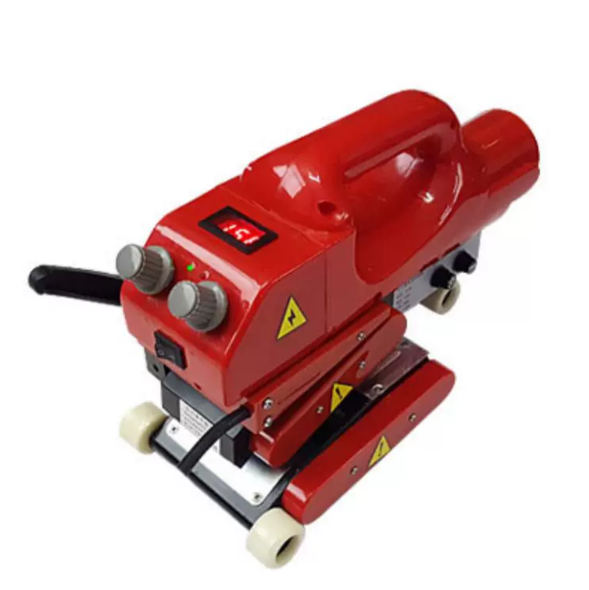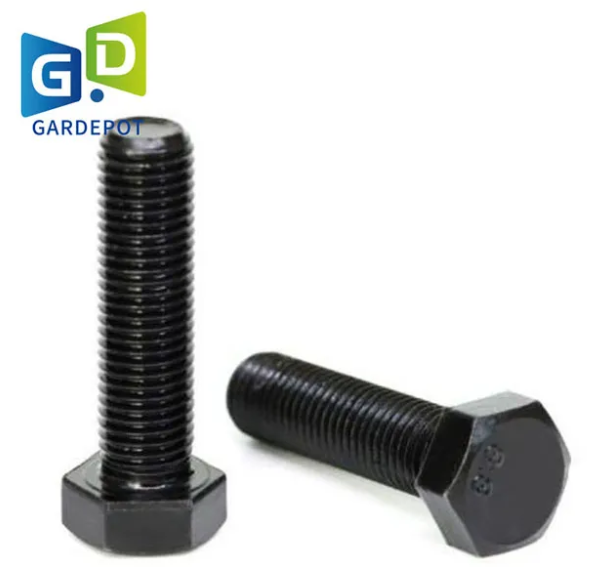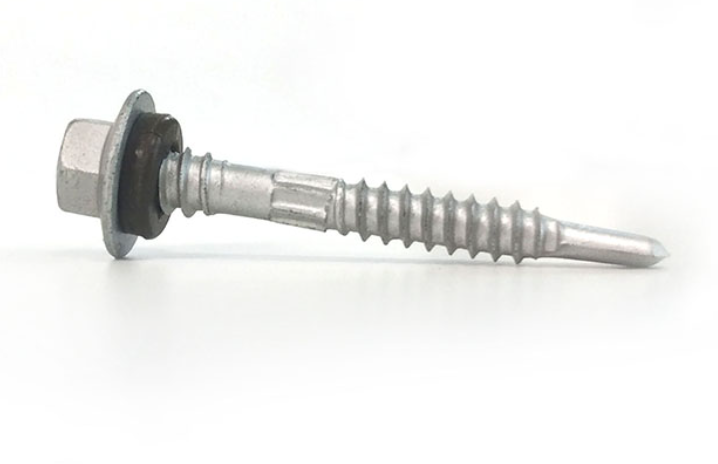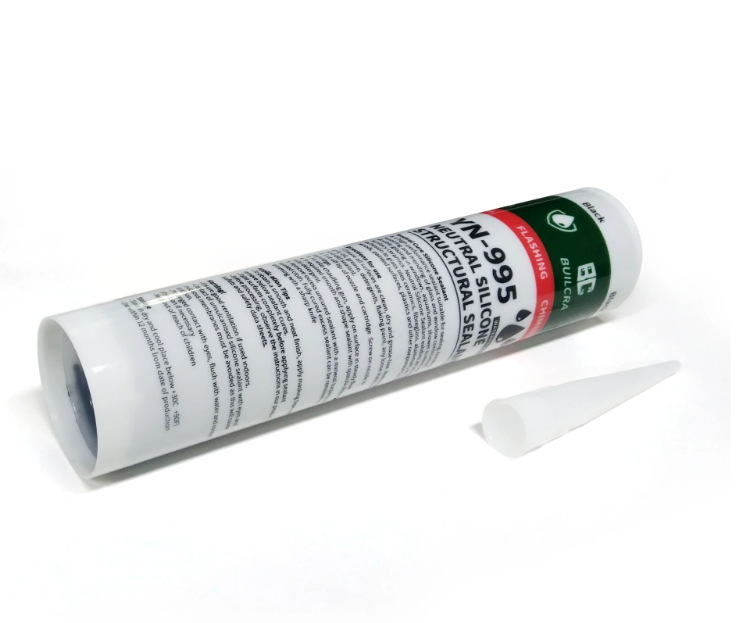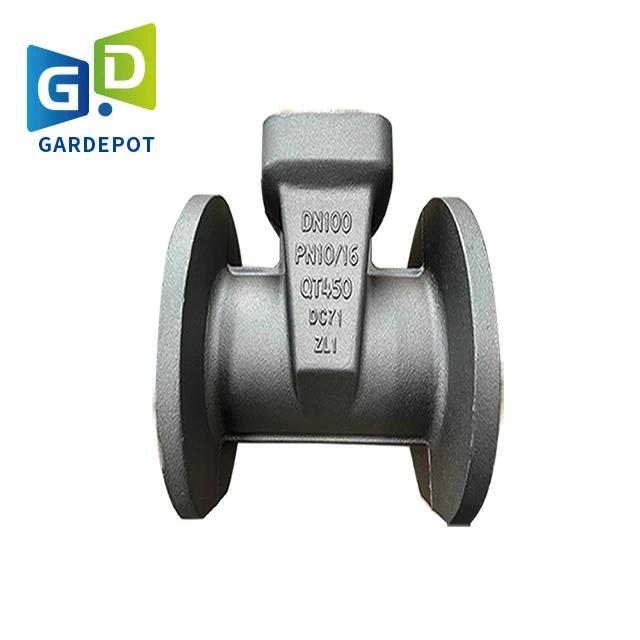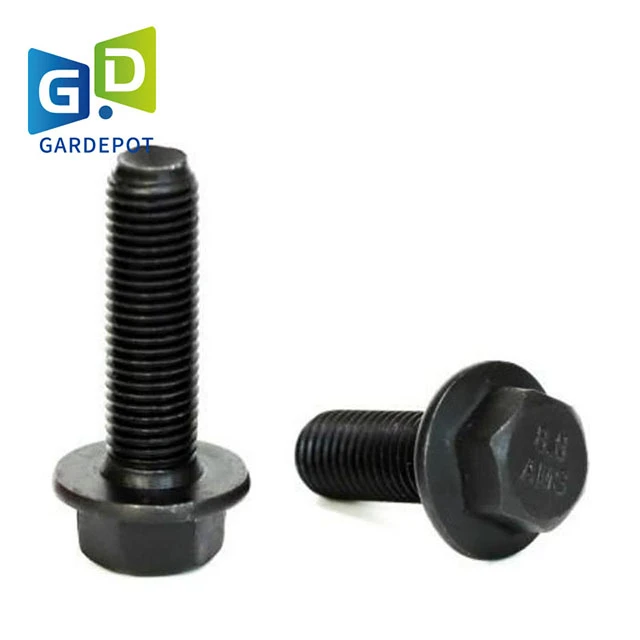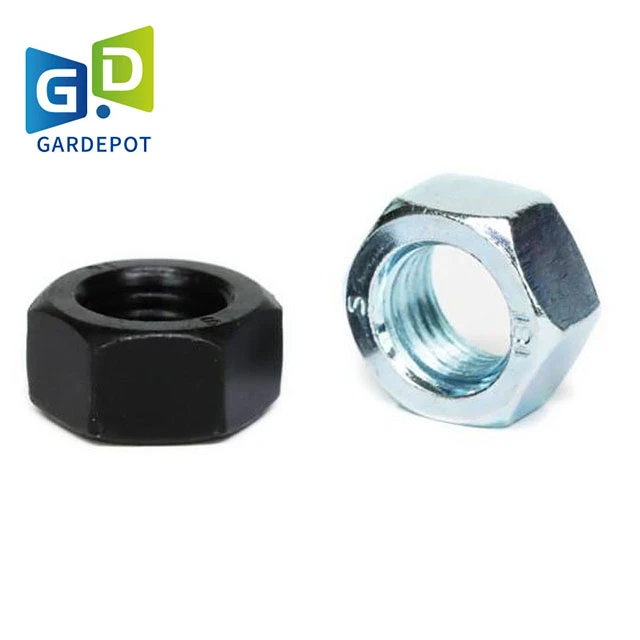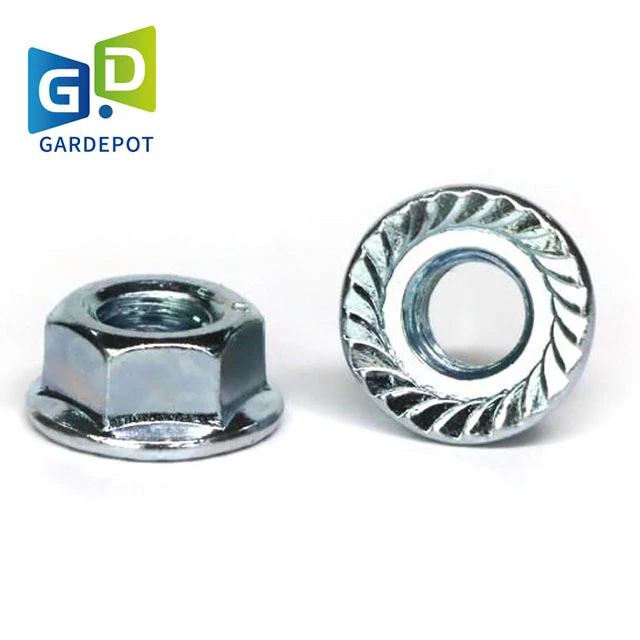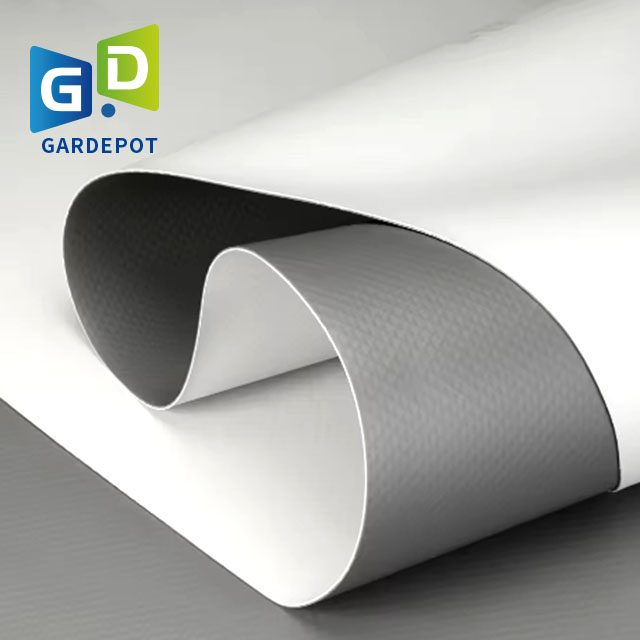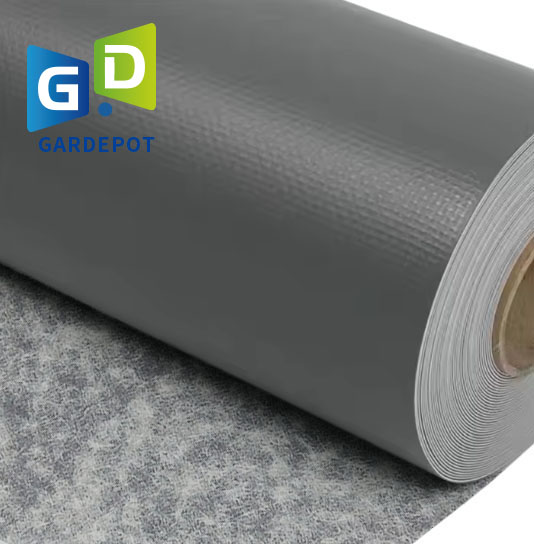Stainless Steel Bolt Price: What to Expect & Why It Matters
Why Stainless Steel Bolt Price Deserves a Closer Look
Having spent a fair chunk of my career juggling bolts, fittings, and the sort of gear that never quite makes headlines but quietly holds things together, I’ve learned one thing: pricing for stainless steel bolts is far from straightforward. It isn’t just about pounds or dollars per box, though that often feels like the only thing people want to know.
What fascinates me—and probably you too, if you’re shelling out your budget on hardware—is how stainless steel bolt price dances with so many factors. Material grade, manufacturing method, even the supplier’s geographic location can push the number up or down in ways that surprise even seasoned buyers.
Breaking Down Stainless Steel Bolt Specifications
Of course, before you care about the price, you need to understand what you’re actually getting. Stainless steel bolts come in a variety of grades—304, the trusty generalist, and 316, the champ when it comes to resisting corrosion in salty or chemical environments. Many engineers say 316 is worth the extra pennies, especially in marine or chemical plants, though it can sometimes double the cost.
Size and thread pitch also matter. You wouldn’t believe how many times a mismatch causes downtime in assembly lines—tiny details sometimes get overlooked. Here’s a straightforward look at typical stainless steel bolt specs you might encounter:
| Specification | Typical Range | Notes |
|---|---|---|
| Material Grade | 304, 316 | 316 preferred for harsher environments |
| Diameter | M3 to M24 (metric) | Most common sizes for industrial use |
| Length | 10 mm to 150 mm | Custom lengths often required |
| Thread Type | Coarse (UNC), Fine (UNF) | Depends on application and strength requirements |
| Tensile Strength | 600-750 MPa | Important for load-bearing projects |
Choosing a Vendor: What Stainless Steel Bolt Price Tells You
Here’s a quick story I like to share: a client once switched suppliers purely based on price. The bolts arrived, and within months, there was unexpected corrosion—turns out they were using a lower grade stainless steel than specified. The initial savings evaporated under warranty claims and production delays.
So, when looking at stainless steel bolt price, it’s crucial to weigh quality and service, not just cost-per-unit. Below is a comparison of three common types of vendors—domestic wholesaler, international supplier, and specialty manufacturer—to give you rough guidance on what to expect:
| Vendor Type | Price Range (per kg) | Lead Time | Quality Control | Customization |
|---|---|---|---|---|
| Domestic Wholesaler | $8 - $12 | 1–2 weeks | Standard inspection | Limited |
| International Supplier | $5 - $9 | 3–5 weeks | Varied, depends on importer | Usually customizable |
| Specialty Manufacturer | $10 - $15 | 2–4 weeks | Strict, detailed testing | High, including certification |
Frankly, the cheapest option sometimes isn’t the safest bet. And the priciest vendor won't always guarantee perfection either. Over the years, I've found that building a steady supplier relationship and clearly communicating project demands do half the job. Oddly enough, it feels like buying bolts is as much about trust as it is about numbers.
One thing I’ve noticed: industries with heavy exposure to corrosive elements (chemical plants, food processing, marine installations) swear by investing in higher-grade stainless steel bolts despite the upfront cost. They say, “Pay once, cry once,” which isn’t bad advice.
Wrapping It Up: What Your Stainless Steel Bolt Price Really Means
So, when crunching the numbers, don’t forget that stainless steel bolt price is a signal, not just a dollar figure. It hints at the quality of raw materials, the care in manufacturing, and often the reliability of delivery. And those factors, in real terms, keep factories running without a hitch.
If you’re reading this wondering if you’re getting a good deal or if those bolts will hold up a decade down the line, my advice is simple: buy smart, ask questions, and never overlook the specs. It’s the kind of detail that might not make the breakroom buzz but will make all the difference when things get tough.
Thanks for sticking with me—bolt talk isn’t exactly dinner conversation, but then again, neither is failure.
References & Thoughts:
- Industry-grade testing standards for stainless fasteners
- Customer feedback from chemical processing plant installations
- Personal experience sourcing stainless steel hardware over 15+ years



